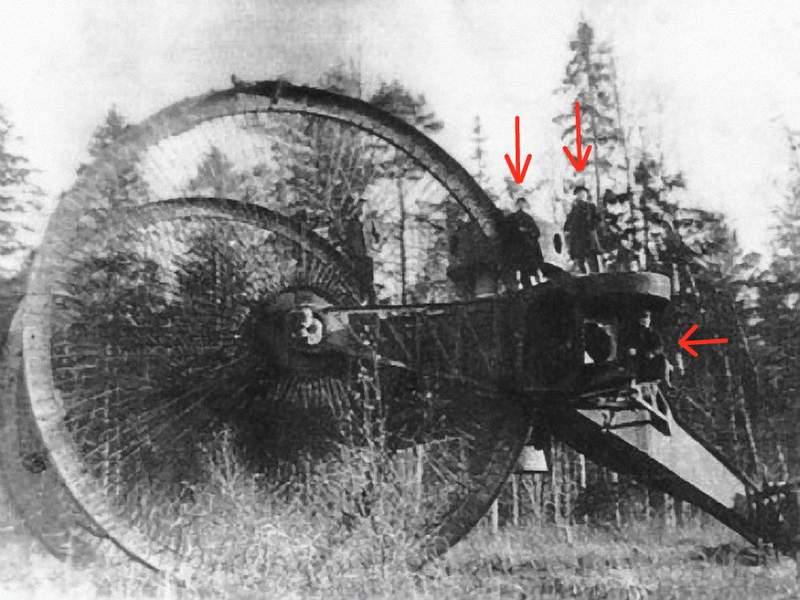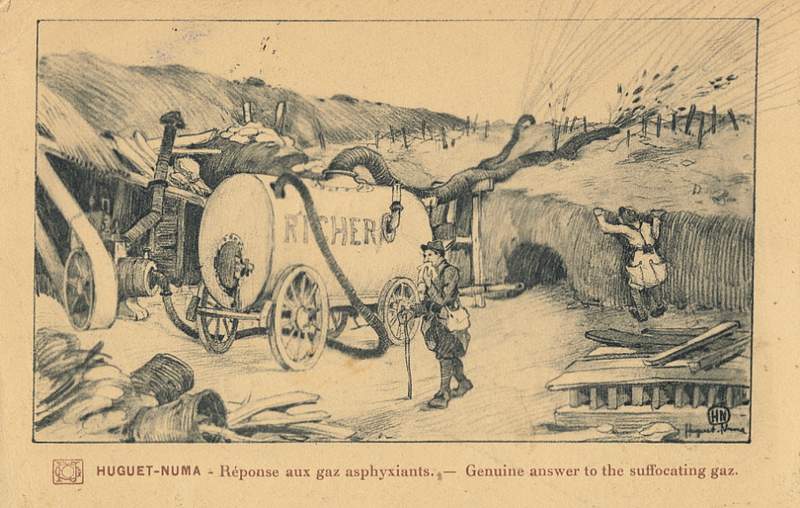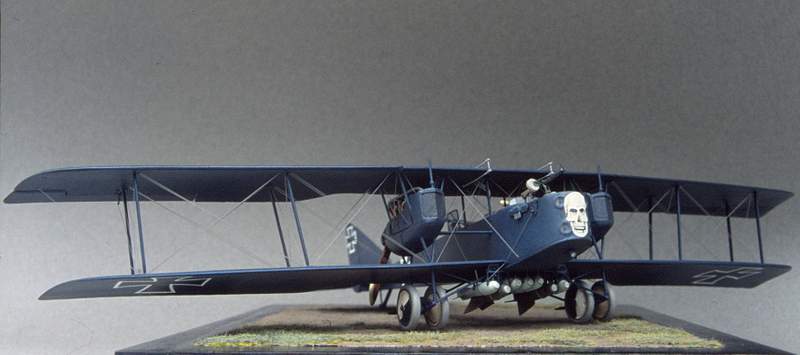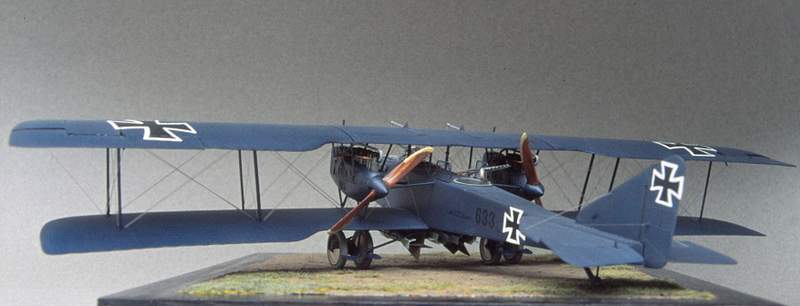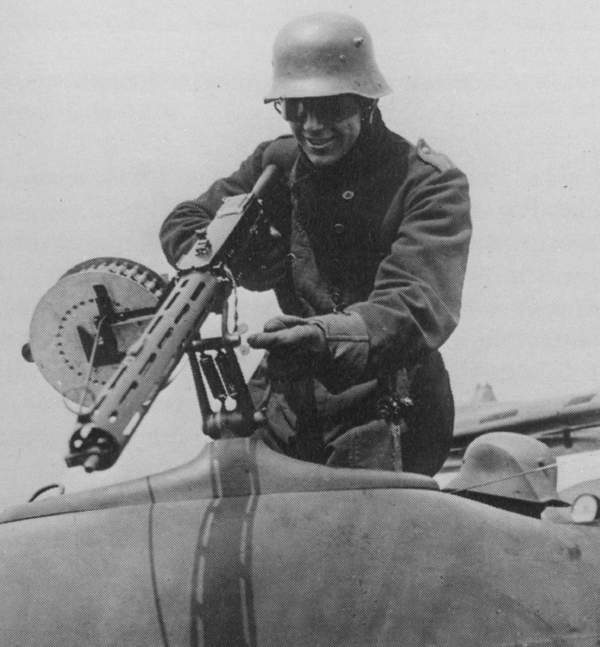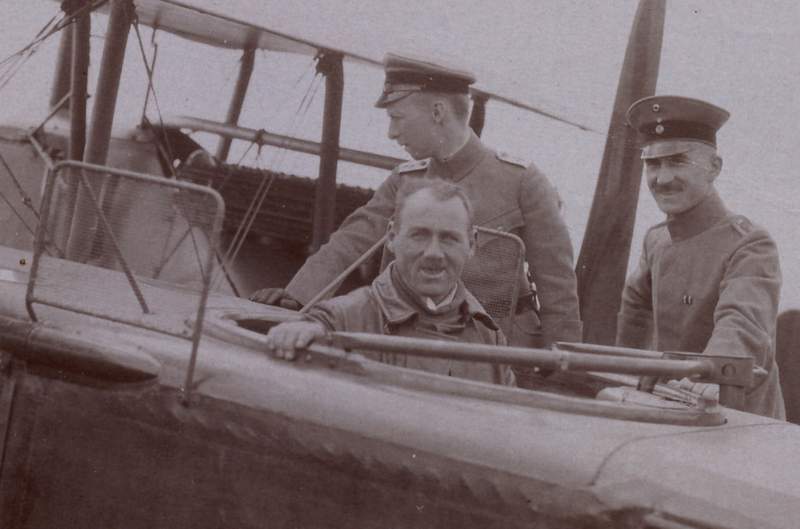My article on German aerial flamethrowers
December 19, 2023 by Thomas Wictor
I’ve published an article on German aerial flamethrowers. It’s in Windsock Worldwide, Volume 29, Number 6, November/December 2013.
This is the best World War I aviation journal around, so I’m proud that my article was accepted. Years ago I built model airplanes for Windsock, but I had to stop when my eyesight started going. During The Great Sulk of 2002-2012, I didn’t listen to music or read Windsock. It was too painful. Now I’m just glad that I could make another contribution. It doesn’t bother me at all to see the nice models others are building.
The Germans have a reputation for hard-nosed practicality. If you read my article, you’ll see that their first idea for an aerial platform to which they might mount flamethrowers was a tad…insane. But lots of completely loony ideas came out of World War I, and the Germans weren’t the only ones who had them. Look at the Russian Tsar tank, which was a giant, two-wheeled, mechanical version of a penny-farthing bicycle.
The red arrows show the crewmen.
Not to be outdone by the Germans or the Russians, the British tested incendiary crates that they fired from tunnels dug into the ground at an angle of forty-five degrees. The crates were packed with tins of oil. Unfortunately, they were launched from their tunnels with explosives, which caused the crates to catch fire and blow up in midair or in the tunnels.
The French tried out a sewage sprayer.
All it did was make the operators throw up.
My Windsock article has all the details of German aerial flamethrowers. There’s not much information available, due to the loss of the German national archives in World War II, as well as petty infighting among the various arms of the German military. It could be that records were deliberately “misplaced.” But I uncovered most of what’s known. I think.
A friendly pirate calls
The publisher and editor of Windsock Worldwide is Ray Rimell, a historian, writer, artist, and scale modeler. He phoned me once in 1997 to ask if I’d build a review model of a German night bomber called the Friedrichshafen G.II. The model was made of epoxy resin, and the scale was 1/72, giving it an eleven-inch wingspan.
I agreed to build it and write an article on the process. The model is still in my collection.
I drew the skull insignia on paper and photocopied it onto white decal film. The bombs are built from scratch. I carved masters in wood and then cast copies in epoxy resin, adding fins from plastic sheet.
The struts are all brass, so the model is solid as a rock. It hasn’t changed a bit since 1997. When I move to Texas sometime in the next three years, I think I’ll try to donate all my models to whatever museum will have them. The models probably wouldn’t survive the trip anyway, and I’m trying to streamline.
Each of those rigging wires is double. I used invisible sewing thread, drilling holes all the way through the wings with a pin vise, slipping lengths of thread through, and anchoring them with droplets of cyanoacrylate glue applied with a needle. The excess thread was sliced off with a razor blade and the holes filled with putty. After that I painted both the upper surface of the top wing and the lower surface of the bottom wing, using an airbrush. Then I added the decals.
The machine guns have fretted, etched-brass cooling jackets less than half an inch long. Since they were flat, like a map, I had to roll them around a toothpick and then add the ammunition drums, which are each composed of six separate parts. The drums are an eighth of an inch in diameter and include belts of ammunition.
This is what the real weapons look like.
I have in my postcard collection an image of a Friedrichshafen G.III, the big brother of the G.II. They lengthened the wings so it could carry a heavier bomb load.
The gunner is much older than the usual airman, and he doesn’t seem worried about his lack of a parachute, the unbelievably flammable nature of the dope covering the cloth skin of the bomber, and the great skill of British night-fighter pilots. See those two screens on either side of the cockpit? Those are guards that prevent the gunner from accidentally shooting up his own propellers and engines.
These days I can’t even see my model of the G.II, much less its tiny machine guns. If I use a magnifying glass, I can admire the work I was once able to do. But the loss of so much eyesight doesn’t upset me anymore. I’m also what’s known as a “glaucoma suspect.” That means I probably have even more eyesight to lose. It’s okay. We play with the hand we’re dealt.
Here’s something I never told Ray: When he called I could barely understand him. He has one of those amazing British regional accents, so he sounded to me like a seventeenth-century pirate. As he spoke I was several steps behind because I was furiously translating. Some of what he said remained unintelligible. I guessed at it, and apparently I guessed right.
I’ve always wondered: Was I as hard to understand to you as you were to me, Ray?
On my return to California from Japan, my brother Tim met me at the airport. I hadn’t spoken to him in five years. He now sounded like a surfer dude. It took me several hours to get used to his Southern California accent, which he hadn’t had the last time I saw him.
Did I sound like a surfer dude when you called, Ray? Did I sound like Jeff Spicoli?
O wad some Pow’r the giftie gie us
To see oursels as ithers see us!
Actually, I’d rather not know how people see me. It’s best to fantasize, I think. A kid at the supermarket said I look like a “badass Santa.” That made me laugh. I hadn’t realized my white beard had gotten so big. I plan on trimming it way back in 2014. But right now it’s quite impressive. Piratey, even.
At any rate, thanks for the opportunity, Ray. I really appreciate it.
Aaaaaaaahr, me hearty!

